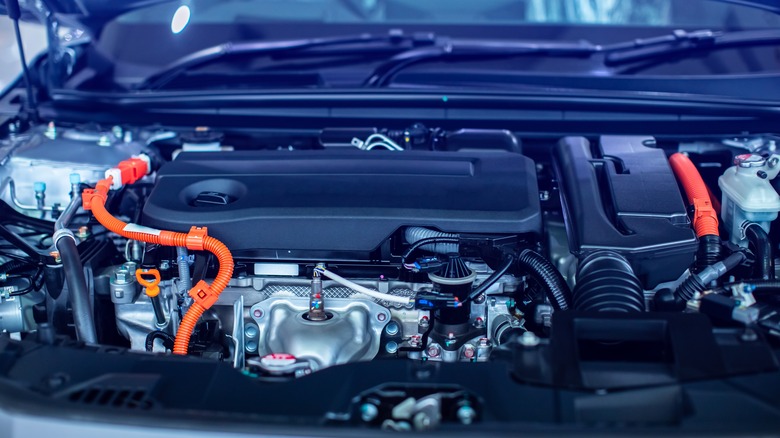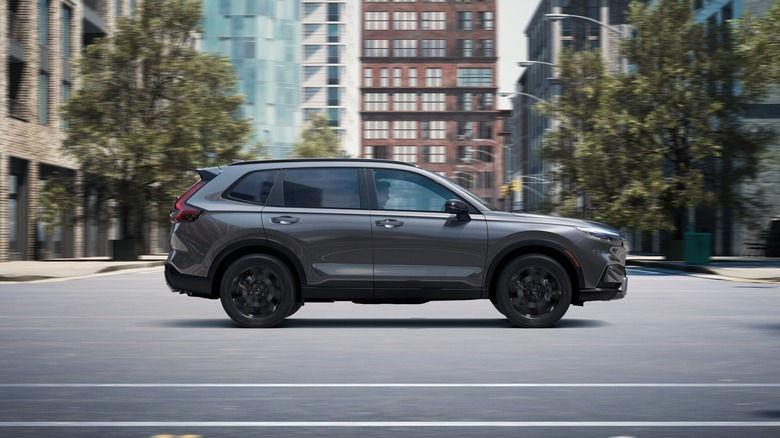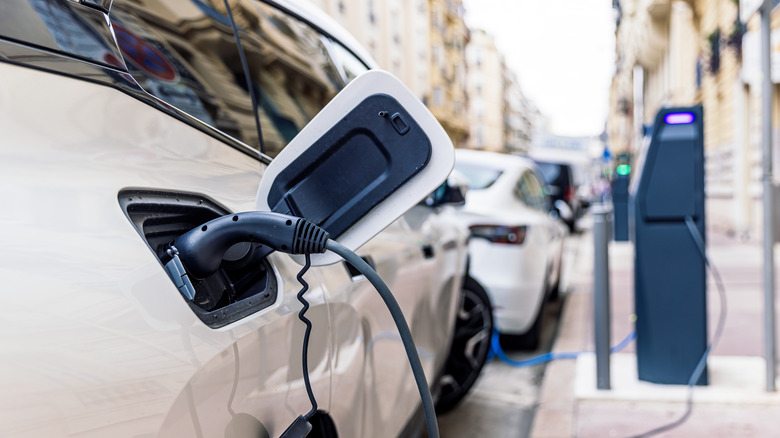How Do Hybrid Drivetrains Actually Work?
Hybrid vehicles have only become mainstream choices in the last few years, giving most people the impression that they are fairly recent inventions. The truth is quite the contrary, as the first hybrid vehicle was invented by Ferdinand Porsche all the way back in 1899. But due to various global events, hybrids never really took off until Toyota launched the Prius in 1997. That quirky and misunderstood hatchback was a pioneer of future technology and one of the auto industry's biggest shifts. Today, hybrids are no longer showcases of an automaker's technology and ability; they're becoming the new norm.
So, how do they actually work? In the simplest terms, a hybrid uses both an internal combustion engine and one or more electric motors. The engine runs as standard, powered by either gasoline or diesel fuel, while the motor draws energy from a compact battery. Unlike fully electric cars, hybrids aren't solely dependent on battery power, and drivers don't have to worry about charging their cars, as they have clever ways of recharging themselves through systems such as regenerative braking. The payoff is efficiency without sacrifice. Hybrids give drivers better fuel economy, better range, and refueling convenience, but with noticeably lower emissions than a gas-only vehicle.
How hybrids deliver efficiency
A hybrid drivetrain is more than just an engine and a motor working together to drive the wheels. It's a carefully managed flow of power through multiple components working in sync. The magic of a hybrid is in how seamlessly the two systems interchange. At low speeds, the electric motor will do most, if not all, of the work. Step onto the highway, and the engine seamlessly takes over where it's most efficient. If you need to overtake someone, both join forces to deliver an extra boost of power. This is why hybrids get great mpg when city driving, which are the very conditions where conventional cars use the most fuel.
At the heart of it all sits the electric traction motor, which harnesses energy from the traction battery pack to drive the wheels directly. The traction motor can also act as a generator, depending on the design, which is used to harness energy through regenerative braking and send it back to the battery. With the gas engine, power is sent through the transmission, which merges or alternates the torque from the two power sources. Most modern hybrids utilize an electronically controlled continuously variable transmission (e-CVT). The e-CVT serves to balance engine and motor output smoothly.
From there, torque flows through the differential, into the driveshaft and axles, and finally to the wheels in a similar way to how a conventional drivetrain would. A power electronics controller works behind the scenes to regulate the motor's speed and torque, ensuring smooth transitions between gas and electric power. This is why hybrids are able to glide quietly on electricity at low speeds and then surge forward with the combined power of the electric motor and engine during acceleration.
Different types of hybrids explained
Hybrids come in many different variations, each with its own approach to blending electric and gas power. The most common setup is the parallel hybrid, where the combustion engine and electric motor can operate simultaneously or individually to power the wheels. If you own a hybrid, it's highly likely it utilizes the parallel system. Then you get series hybrids, which are less common than parallel hybrids. In series hybrids, the wheels are always driven by the electric motor, while the engine is used as a generator or power source for the battery. This setup makes the driving experience more akin to that of a pure EV, with its smooth and consistent power delivery. Some automakers, like Honda, even blend the two approaches depending on what's most efficient in the moment.
You'll also hear about mild hybrids, which use smaller 48-volt systems to nudge the engine along and smooth out stop-start transitions. They don't run on electricity alone, but they still save fuel. On the opposite end of the spectrum are plug-in hybrids (PHEVs), which pack much bigger batteries capable of powering the car on electricity alone, one of many good reasons to buy a PHEV. This extensive range of options goes to show how diverse the system has become. Whether your intention is to save some fuel on your daily commute or get some extra grunt from your engine without adding to your carbon footprint, there's likely a hybrid that fits the bill.


